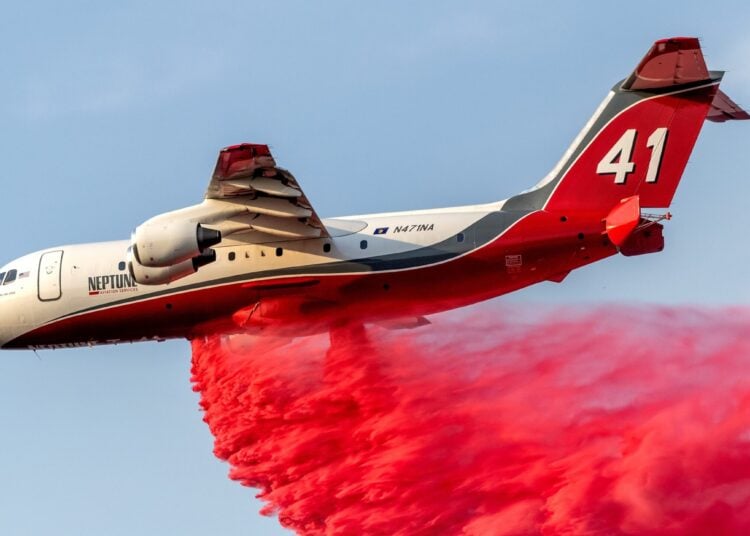There's a saying: "the more things change, the more they stay the same." Usually, we are forward looking but we decided to look back to check on progress and let you know how UAFA is working to make sure these are not still issues in another ten years.
Issue 1: Wildland Firefighter Pay
Yes, firefighter pay is still a major concern. The recent Bipartisan Infrastructure Law provided temporary raises, but these revert to inadequate levels in October 2024. Strong ground crews are essential for aerial firefighting success. Without them, many believe drops are ineffective, jeopardizing aerial firefighting support altogether. UAFA firmly supports increased pay for federal firefighters. It's the right thing to do, and it ensures a critical line of defense for aerial operations.
Issue 2: The Never-Ending Debate: How Many Aircraft Do We Need?
Ever come across an article that feels eerily familiar? That's how I felt reading Bill Arsenault's piece, "Big plane, little plane, or no plane at all?" A firefighter's quote at the time resonates even today: “What aviation tools will US firefighters need in the coming decade? After spending time on the Texas firelines in 2011 — the state’s worst season on record, with 4 million acres burned, 4000 houses destroyed, and 10 people dead — What type of aviation support do we need on the line? Or does the type of air support matter at all, if you can’t get the drop when and where you need it?”.
So, the question remains: what aviation tools do we truly need? The failed Aerial Firefighting Use and Effectiveness (AFUE) study left us with more questions than answers so there is still no national analysis used to determine the number of firefighting aircraft needed. A recommendation from the Wildland Fire Management and Mitigation Commission (WFMMC) is to review the feasibility of "Standards of Cover" for aircraft. UAFA is poised to lead the effort to provide the agencies data to determine the optimal number and types of aircraft. This data will also be crucial for shaping future strategies on Workforce and Unmanned Aircraft Systems, also recommended in the WFMMC's report.
Issue 3: The Crippling Effects of Short-Term Contracts
Imagine running a business with no guarantee of income from one year to the next and customers who take you for granted. That's the reality for many aerial firefighting companies. An article from 2013 by Walt Darran, relevant even today, highlights the issue in "Stalled Air Tankers." As of April 2024, there are still no new exclusive-use contracts for large airtankers or Type 1 helicopters. The current system, mainly reliant on "Call When Needed" orders, fails to provide the stability needed for essential maintenance, pilot retention, and attracting top mechanics. Multi-million-dollar aircraft can't be sustained on a hope and a prayer.
The lack of long-term contracts creates a vicious cycle. Strapped for cash, companies struggle to secure lines of credit needed to invest in upgrades and new technology. Thus, pilot retention also becomes an issue. The result: an aerial firefighting industry increasingly ill-equipped and understaffed to face the ever-growing wildfire threat. There is competition worldwide for firefighting aircraft, the U.S. no longer has the luxury of taking the current domestic fleet for granted.
UAFA is advocating for an end to the artificial separation of "preparedness" and "suppression" funds Congress provides for aircraft contracts. Allowing agencies to use any type of Wildland Fire Management funds to award contracts when it is needed would provide the stability companies need. Furthermore, UAFA is pushing for simpler processes for the agencies to issue multi-year contracts. This wouldn't just save the government money in the long run, it would ensure a ready fleet of aircraft when wildfires inevitably strike.






